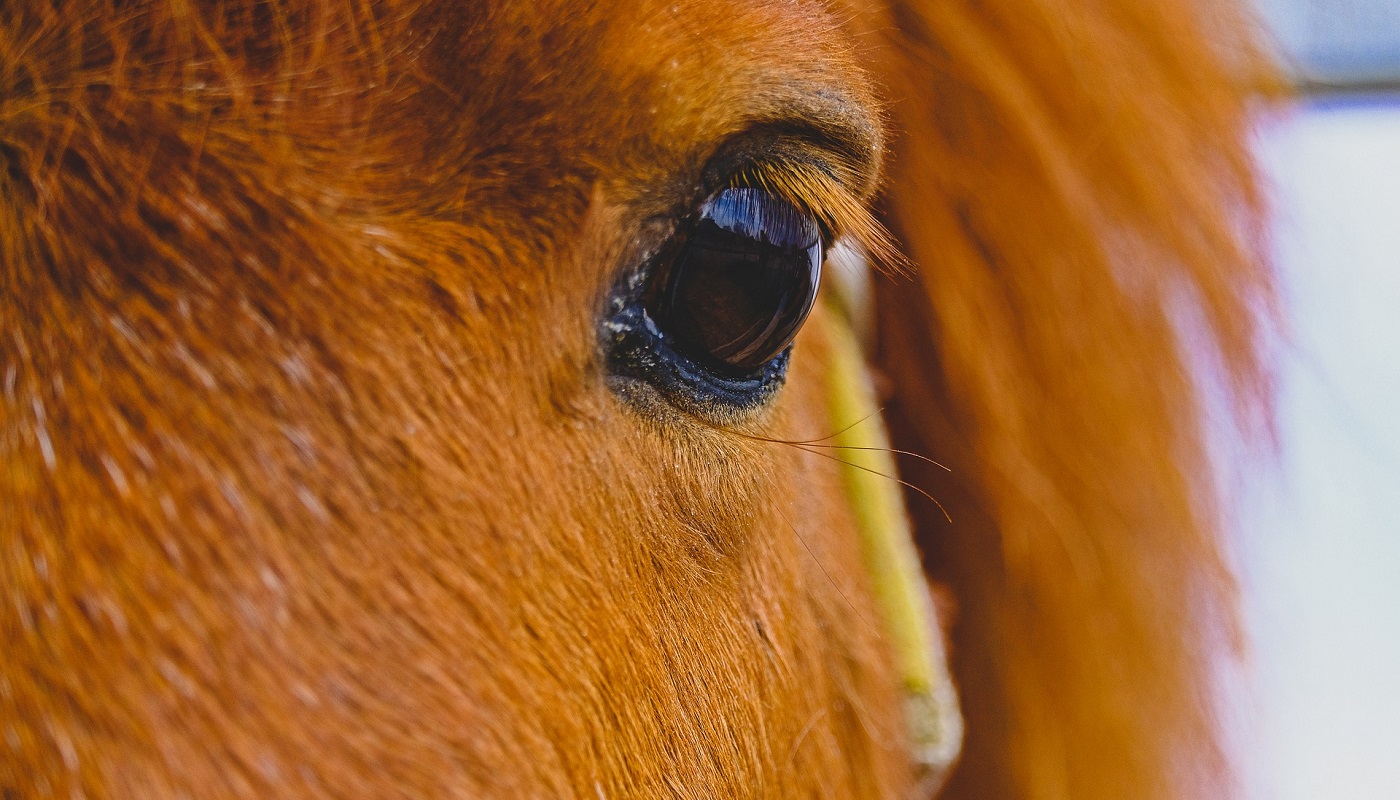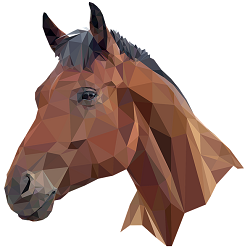
In the course of evolution, horses have developed a rather specific vision of the world, combining monocular and binocular vision. What does this mean?
The horse’s eyes are not positioned like those of a human, cheetah, or other predator (at the front of the head in one plane), but on the sides of the head. This is the position of the eyes that the prey animal needs in order to view the area around itself in search of its attacker, and it is this position that implies monocular vision. Monocular vision is the perception of the world by each eye separately, giving an angle of almost 350 degrees.
Our ungulate friends also have binocular vision. It gives a single, full and three-dimensional picture. The horse sees about 65 degrees in front of itself with both eyes – binocular vision, and the remaining 285 degrees come from monocular vision.
Horses have “blind spots”: about a meter in front of the nose and a “corridor” behind the rump. Actually, a human also has one – behind his back. There are two safety rules for interaction with horses connected with the presence of these blind zones:
Do not wave your hands or anything else in front of the horse’s nose.
Do not approach the horse from behind.
In both situations, your actions will be unexpected to the horse and may scare him.
The horse’s visual characteristics also affect the riding process and every rider who respects himself and his horse should keep this in mind!
We said earlier that a horse has a blind spot of about 1 meter in front of his muzzle. Plus the horse’s predominant monocular vision does not allow it to instantly estimate the distance to objects (such as we do with our binocular vision). To get a good look at something, the horse needs to look at it from different angles, which means changing the head up and down, right and left.
Because of this peculiarity, sometimes the horse may have problems with what is under his feet during the activity. If the horse’s head is rigidly fixed, he simply cannot see what he is about to step on. On bad ground, this leads to stumbling and impaired gaits.
But what about when in the same dressage, the position of the horse’s head and its posture are strictly regulated? The answer is one – in this discipline this is solved only by good, or rather excellent grounds. In show jumping or cross-country riders are not limited in the position of the horse’s head and neck and they are free to decide when to let their partner look under the legs and deal with the ground or an obstacle and when not.
Most importantly, remember: when riding on ground that is questionable, allow the horse to look where he puts his feet. For the most part, horses are smart enough to figure out and take the best route, but if your ungulate partner does offer to pogo on ice or roots protruding from the ground, you have to take the role of his eyes and think where and how he should go.
